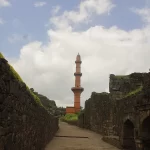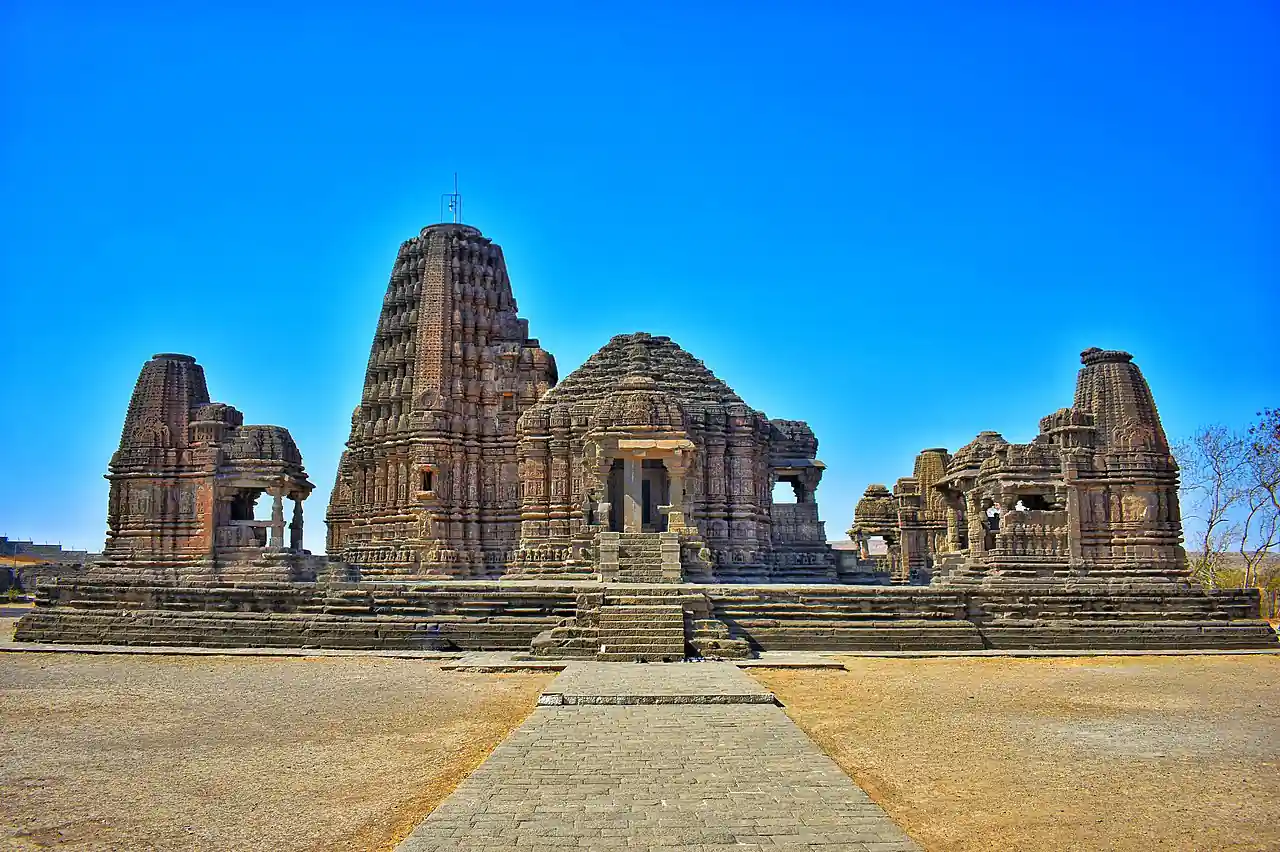Sinnar, Nashik District, Maharashtra, India
Ready to explore Sinnar’s timeless wonders? Download our free travel checklist and start planning your adventure!
🔴 Brief Introduction: Sinnar – Where History Meets Modernity
🔘 Step into Sinnar: A Symphony of Temples, Industry, and Timeless Tales
Sinnar, nestled in Maharashtra’s Nashik district, is a town where ancient stone carvings whisper stories of dynasties while factories hum with modern ambition. Located 30 km southeast of Nashik city on the Pune-Nashik Highway, this third-largest town in the district offers a rare blend of heritage, industry, and rural authenticity. From the 12th-century Gondeshwar Temple to bustling MIDC industrial zones, Sinnar is a microcosm of Maharashtra’s cultural and economic evolution.
🔘 A Journey Through Time: Sinnar’s Historical Tapestry
Sinnar’s origins trace back to the Yadava dynasty (850–1334 CE), a golden era when art and architecture flourished. Founded by Gavli chieftain Rav Singuni, the town gained prominence under his son Rav Govinda, who commissioned the iconic Gondeshwar Temple. The Yadavas’ reign ended tragically with Alauddin Khalji’s brutal conquest in 1294, marking a turbulent chapter where temples were razed and villages ravaged. Yet, Sinnar’s legacy endured, later becoming the birthplace of Baji Rao I, the Maratha Empire’s legendary general.

🔘 Architectural Marvels: The Hemadpanthi Legacy
The Gondeshwar Temple stands as Sinnar’s crown jewel, showcasing Hemadpanthi architecture—a style defined by black basalt stone, lime mortar, and intricate carvings. Built in the Panchayatana layout, the temple complex features a central Shiva shrine flanked by four smaller temples dedicated to Vishnu, Parvati, Ganesha, and Surya.
The 60-foot Shikhara (Spire) adorned with celestial figures and the pillared Sabha Mandapa (Assembly Hall) reflect the Yadavas’ devotion to artistry. Local artisan Rajesh Patil, a fifth-generation stone carver, shares: “Every sculpture here tells a story—of gods, battles, and daily life from a millennium ago”.
🔘 Industrial Pulse: MIDC and Economic Growth
Beyond its historical allure, Sinnar thrives as an industrial hub. The Malegaon MIDC zone hosts global manufacturing units, from automotive to pharmaceuticals, driving Nashik’s economy. Farmers like Anil Deshmukh, who transitioned from onion cultivation to supplying raw materials to factories, highlight Sinnar’s rural-urban synergy: “Our fields feed the factories, and the factories employ our youth”.
Also Read
Bokaro Steel City, Jharkhand – A Blend of Industry, Culture & Natural Beauty
🔘 Demographic Diversity: A Cultural Mosaic
With a population of 346,390 (2011 Census), Sinnar Taluka is 96.4% Hindu, with Muslim, Buddhist, and Jain communities adding cultural depth. The literacy rate of 82.68% reflects growing educational access, though gender gaps persist (77.77% male vs. 65.42% female literacy). Urban areas like Sinnar town (population 65,299) contrast with agrarian villages like Musalgaon, where traditional Warli art adorns mud homes.
🔘 Climate & Best Time to Visit
👉 Sinnar experiences a tropical climate – Seasons of Contrast:
⦿ Winter (October–February): Pleasant (10°C – 25°C), ideal for temple tours.
⦿ Summer (March–June): Scorching (25°C – 42°C), with mango orchards in bloom.
⦿ Monsoon (July–September): Lush greenery and 750 mm rainfall, perfect for waterfall treks.
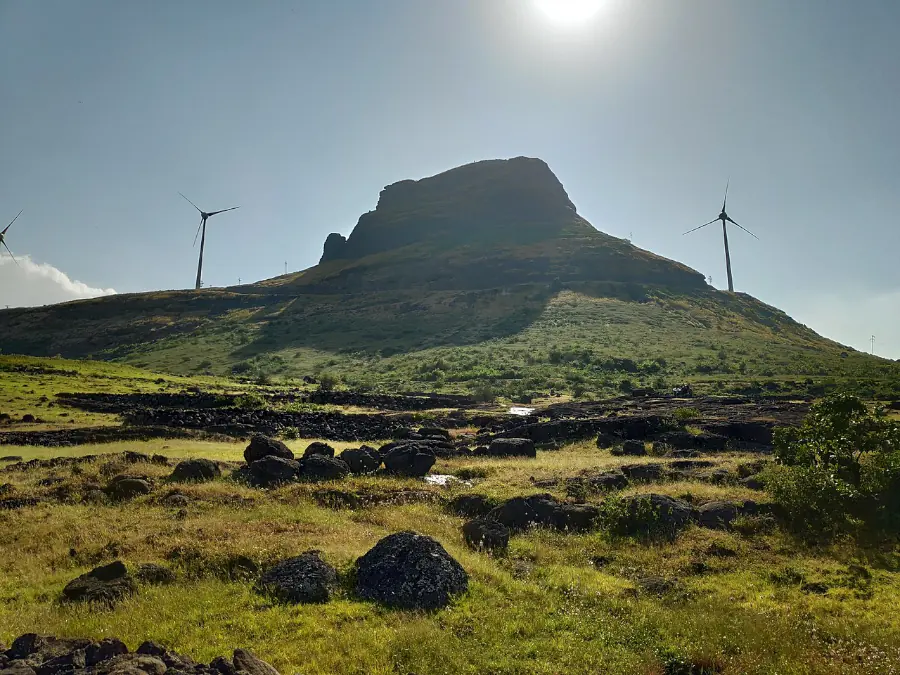
🟢 Detailed Introduction: Sinnar, Nashik District, Maharashtra, India
⭕ A Historical Crossroads of Dynasties
Nestled 30 km southeast of Nashik city, Sinnar is a living tapestry of Maharashtra’s storied past. Founded in the 10th century by Rav Singuni, a Gavli chieftain, the town flourished under the Yadava dynasty (850–1334 CE). The Yadavas, patrons of art and architecture, commissioned iconic structures like the Gondeshwar Temple, a testament to their devotion and craftsmanship.
Sinnar’s strategic location made it a target for invaders like Alauddin Khalji, whose brutal conquest in 1294 left scars but failed to erase its cultural identity. Later, it became the birthplace of Baji Rao I, the Peshwa who expanded the Maratha Empire. Historian Dr. Anjali Deshpande notes, “Sinnar’s layers of history—from Yadavas to Marathas—reflect Maharashtra’s resilience and artistic genius”.
⭕ Architectural Gem of the Deccan
The Gondeshwar Temple, Sinnar’s crown jewel, epitomises the Hemadpanthi style — a blend of black basalt stone, lime mortar, and intricate carvings. Built in the 12th century, this Panchayatana complex features five shrines dedicated to Shiva, Vishnu, Parvati, Ganesha, and Surya. The central Shiva shrine boasts a 60-foot shikhara adorned with celestial nymphs, warriors, and deities. Local artisan Rajesh Patil, whose family has carved temple motifs for generations, explains, “Each sculpture here is a coded story from the Puranas—a frozen dance of mythology”.
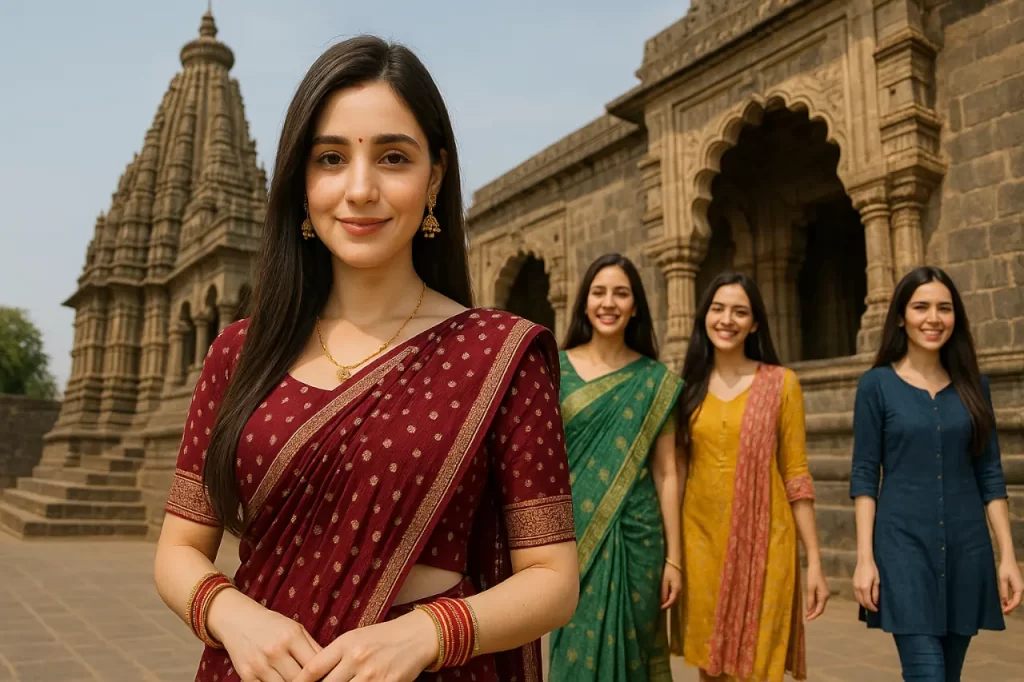
⭕ Industrial Powerhouse of Nashik
Beyond its ancient allure, Sinnar thrives as Maharashtra’s industrial backbone. The Malegaon MIDC zone, established in 1965, houses global giants like Bosch, CEAT, and GlaxoSmithKline. Over 25,000 workers fuel industries ranging from automotive to pharmaceuticals. Farmer-turned-factory supervisor Arjun Kale remarks, “Our onions once fed Nashik; now our factories power India’s growth”. The zone contributes 18% of Nashik’s GDP, blending agrarian roots with urban ambition.
⭕ Cultural Mosaic: Demographics and Traditions
Sinnar Taluka, home to 346,390 residents (2011 Census), is 96.4% Hindu, with vibrant Muslim, Buddhist, and Jain minorities. The town’s literacy rate (82.68%) surpasses state averages, yet gender gaps persist—77.77% male vs. 65.42% female literacy. Annual festivals like Gondeshwar Yatra and Gudi Padwa unite communities. Traditional Warli art adorns village homes, while Sufi Qawwalis echo in dargahs like Hazrat Shah Jalal’s.
⭕ Geography: Where Plains Meet Hills
Situated at 19.85°N, 74.0°E, Sinnar lies on the Deccan Plateau, 651 meters above sea level. The Girna River irrigates its fertile plains, yielding Nashik’s famed onions and grapes. The Brahmagiri Hills to the east offer monsoon treks, while the semi-arid west transitions into industrial zones. Geographer Prof. Rohan Joshi states, “Sinnar’s landscape—a mix of black soil farms and basalt ridges—shapes its agrarian-industrial duality”.
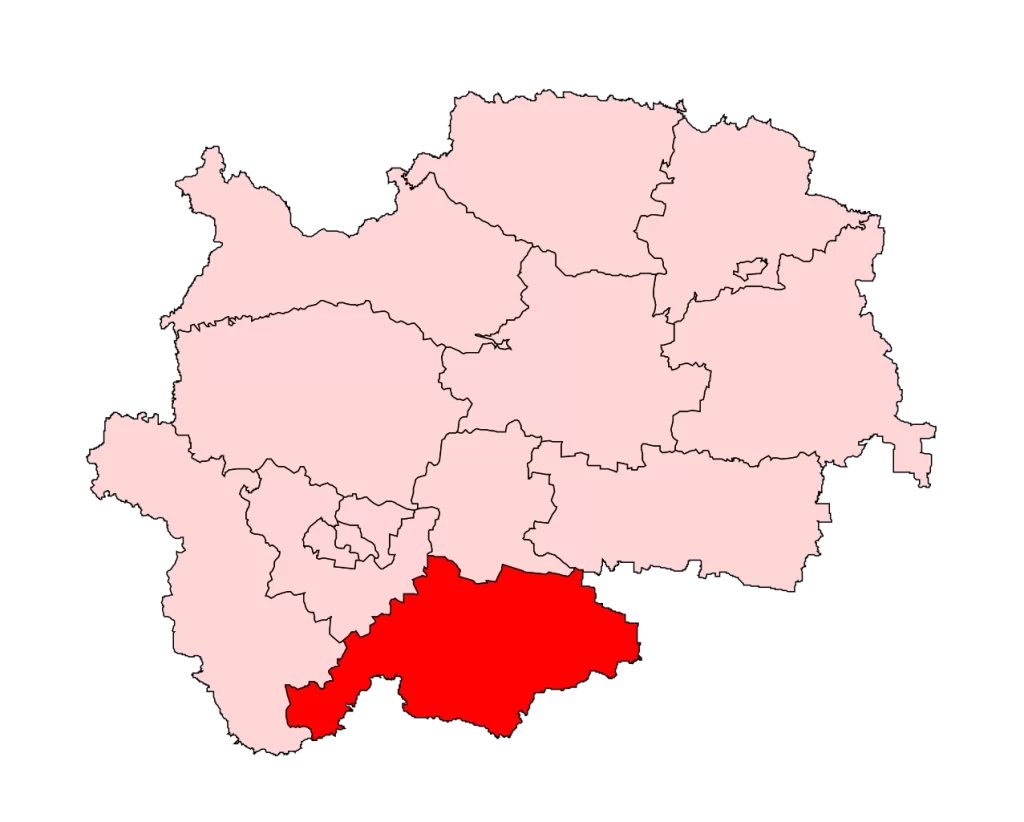
⭕ Economy: From Onions to Exports
Agriculture drives 60% of Sinnar’s economy, with Nashik’s “Onion Belt” producing 1.2 million tonnes annually. The MIDC’s pharmaceutical exports hit ₹2,500 crore in 2022. Small-scale industries, like handmade papad units, employ 15% of women. “Our Papads reach Dubai and Delhi”, says entrepreneur Sunita Gaikwad.
⭕ Education and Infrastructure
Sinnar’s 45 schools and 3 engineering colleges, including Sandip Foundation, attract students statewide. The Pune-Nashik Highway (NH 60) ensures seamless connectivity, while the proposed Sinnar-Nashik Metro promises to cut travel time to 30 minutes.
⭕ Notable Personalities
⦿ Baji Rao I: Legendary Maratha Peshwa.
⦿ Dr. Vikram Amte: Social activist (Born in Sinnar).
⦿ Krishna Chandra Pandey: Founder of Gargoti Museum.
⭕ Modern Challenges and Future Vision
Urban sprawl threatens Sinnar’s agrarian identity, with 12% farmland lost to factories since 2000. NGOs like Sinnar Sanrakshan Samiti promote eco-tourism, offering village home-stays and organic farming workshops. “We aim to balance progress with heritage”, says founder Meena Deshmukh.

🟣 Detailed Section Breakdown
🔘 How to Reach Sinnar
⦿ By Air: Nearest airport: Nashik (30 km, 45-min drive).
⦿ By Train: Nashik Road Railway Station (35 km), connected to Mumbai, Pune, Delhi.
➨ By Road:
⦿ Mumbai to Sinnar: 195 km via NH160 (3.5 to 4 hrs, toll: ₹65).
⦿ Pune to Sinnar: 185 km (4 hrs).
⦿ Nashik to Sinnar: 30 km (45 mins).
🔘 Best Places to Visit
➸ Gondeshwar Temple: Hemadpanthi marvel with celestial carvings. Tip: Hire a guide for mythologies behind sculptures.
➸ Gargoti Museum: Rare mineral exhibits like havansite and apophyllite. Entry: ₹100; Timings: 10 AM–10 PM.
➸ Sula Vineyards 🍷: 45 km away; wine-tasting tours.
➸ Trimbakeshwar Temple: 50 km; Jyotirlinga site.
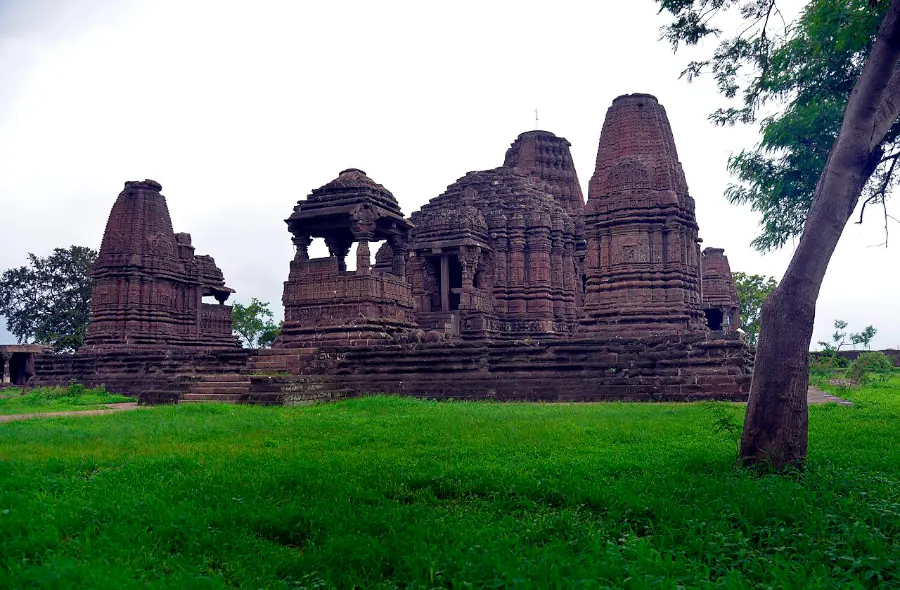
🔘 Best Places to Visit: Granular Details
👉 Gondeshwar Temple Complex
➸ Architecture: Hemadpanthi style with 12 intricately carved pillars in the Sabha Mandapa.
➸ Key Features:
⦿ Nandi Pavilion: 8-foot stone bull facing Shiva’s shrine.
⦿ Vishnu Temple: Rare depiction of Dashavatara (10 incarnations) on ceiling panels.
➸ Timings: 6 AM – 8 PM.
➸ Guided Tours: ₹200 for 1-hour storytelling session by temple priests.
👉 Gargoti Museum
➸ Collections:
⦿ Pride of India Gallery: 4,000 mineral specimens, including India’s largest Heulandite crystal.
⦿ Zeolite Zone: Interactive displays on volcanic rock formations.
➸ Entry Fee: ₹100 (adults), ₹50 (children).
➸ Unique Exhibit: A 300-kg Amethyst Geode from Brazil.
👉 Sula Vineyards 🍷 (45 km from Sinnar)
⦿ Activities: Wine tasting (₹800–1,500), vineyard cycling.
⦿ Best Pick: Dindori Reserve Shiraz.
⦿ Tour: 11 AM – 6 PM; book online for 20% discounts.
👉 Brahmagiri Hills Trek
⦿ Trail: 5 km (moderate difficulty) to 4,500-year-old rock-cut caves.
⦿ Guides: Local tribals offer tours (₹500 per group).
⦿ Monsoon Perk: Waterfalls en route.
👉 Trimbakeshwar Temple (50 km)
⦿ Spiritual Significance: One of 12 Jyotirlingas.
⦿ Architecture: Black stone spire with gold Kalasha.
⦿ Rituals: Kalsarp Puja for astrological remedies (starts at ₹1,500).
👉 Dugarwadi Waterfall
⦿ Season: July–September.
⦿ Adventure: Cliff jumping (15–20 ft pools).
⦿ Safety: Lifeguards onsite; avoid post-rainfall surges.
👉 Sinnar Friday Market
⦿ Finds: Warli Paintings, Brass Idols, and Nashik’s Ghol Fish Curry Masala.
⦿ Bargaining Tip: Start at 40% of quoted price.
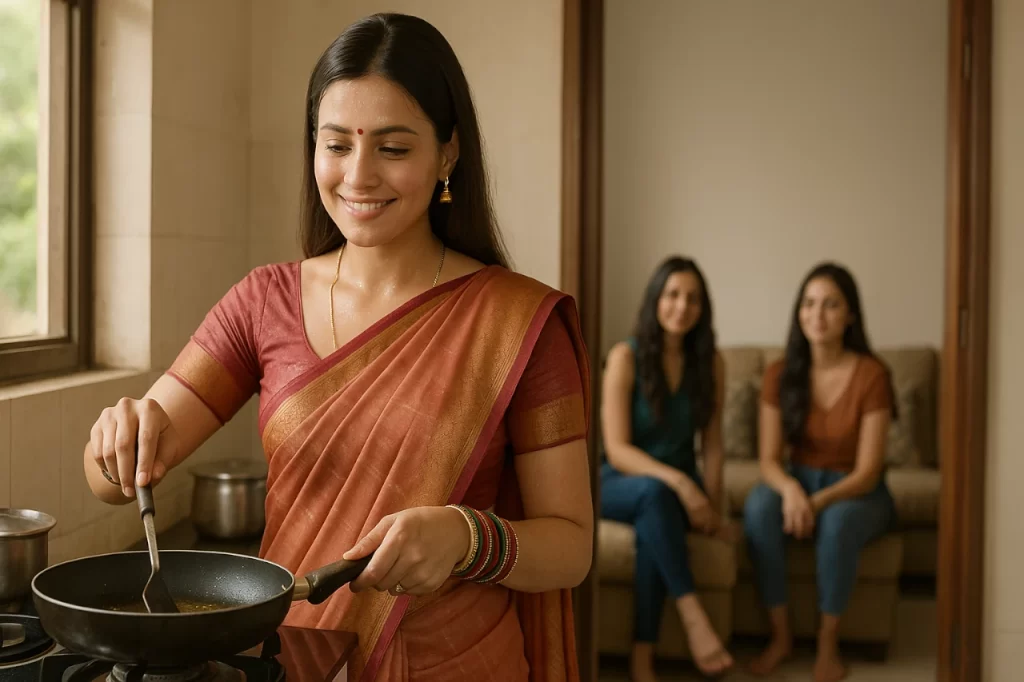
🔘 Local Markets & Handicrafts
➸ Sinnar Bazaar: Shop for Warli paintings, tribal jewellery, and Nashik’s famed Pithla-Bhakri spice mixes.
➸ Malegaon Power-loom Clusters: 40 km away; buy affordable cotton sarees.
🔘 Best Places for Refreshments: Authentic Local Food
👉 Shri Krishna Bhuvan (Sinnar Bazaar)
⦿ Specialty: Pithla Bhakri (Spicy Chickpea curry with Millet Flatbread).
⦿ Must-Try: Zunka (Gram Flour Stir-fry) with Thecha (Green Chili Chutney).
⦿ Price: ₹80–120 per plate.
⦿ Timings: 7 AM – 10 PM.
⦿ Insider Tip: Pair with Taak (Spiced Buttermilk) for a rustic meal.
👉 Aai’s Misal (Near Gondeshwar Temple)
⦿ Signature Dish: Sinnar Misal Pav — a fiery sprout curry topped with Farsan, onions, and lime.
⦿ Secret Ingredient: A 100-year-old spice blend passed down through generations.
⦿ Price: ₹60–90.
⦿ Best Time: Breakfast (7 – 11 AM).
👉 Mohan Sweets (Ganesh Chowk)
⦿ Star Offerings: Puran Poli (Sweet Lentil-stuffed Bread), Shrikhand (Saffron Yogurt Dessert).
⦿ Festive Special: Modak during Ganesh Chaturthi.
⦿ Price: ₹20–50 per piece.
👉 Village Food Walks (Musalgaon Village)
⦿ Experience: Farm-to-table meals in Warli-art-adorned homes.
⦿ Menu: Bharli Vangi (Stuffed Eggplant), Kanda Poha (Flattened Rice with Peanuts).
⦿ Cost: ₹300 per person (includes cooking demo).
👉 MIDC Canteens (Industrial Zone)
⦿ Worker’s Favourite: Thalipeeth (Multigrain Pancake) with Matki Usal (Moth Bean Curry).
⦿ Budget: ₹50–70.
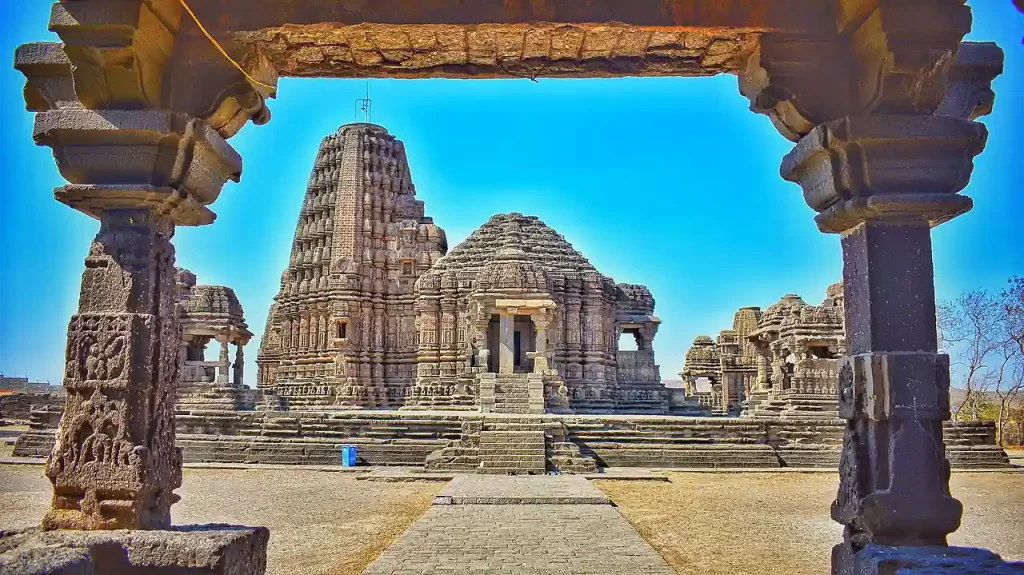
🔘 Cultural Itinerary: 3-Day Plan
⦿ Day 1: Temple trail (Gondeshwar, local shrines) + Gargoti Museum.
⦿ Day 2: Industrial tour (MIDC units) + village homestay in Musalgaon.
⦿ Day 3: Day trip to Nashik vineyards and Trimbakeshwar.
🔘 Monsoon Magic
⦿ Activities: Trek to Brahmagiri Hills, visit Dugarwadi Waterfall.
⦿ Local Delicacy: Pithla (Chickpea curry) with steamed rice.
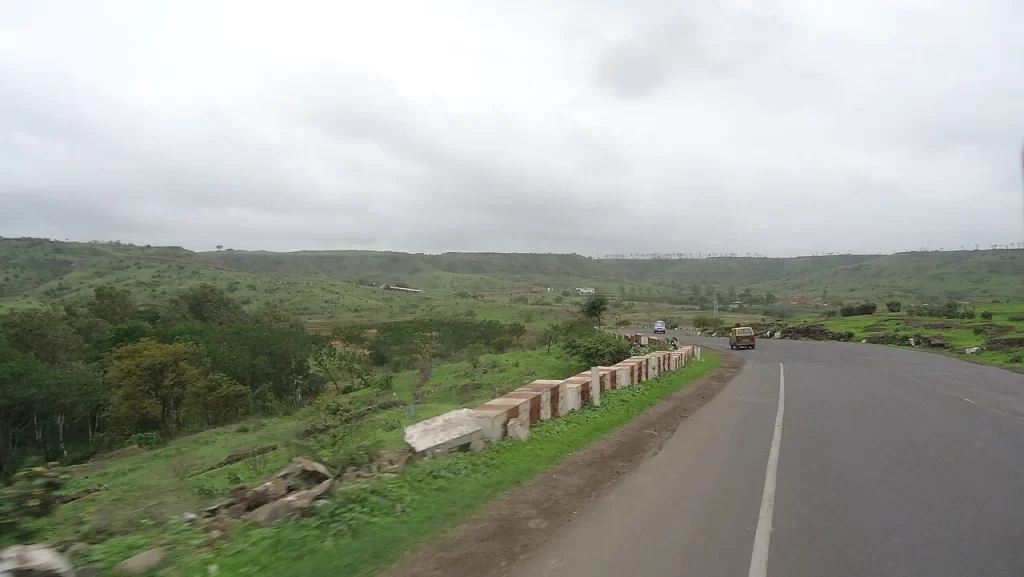
⭕ FAQs
What’s the best time to visit Gondeshwar Temple?
October–March for cool weather.
Are there guided tours in Sinnar?
Yes! Local guides charge ~₹500 for temple histories.
How far is Shirdi from Sinnar?
66 km (1-hr drive) via Hindu Hrudaysamrat Balasaheb Thackeray Maharashtra Samruddhi Mahamarg.
⭕ Conclusion:
Sinnar is more than a pit stop—it’s a narrative of resilience, artistry, and growth. Whether you’re a history buff, industrial enthusiast, or cultural explorer, this town offers a slice of Maharashtra’s soul.
⭕ Sources:
Wikipedia – Sinnar, Census India 2011, Maharashtra Tourism, Nashik District Gazetteer, interviews with local artisans.
Image Credit
Wikimedia Commons – Gondeshwar Temple-Sinnar-Nashik-Maharashtra-6
Wikimedia Commons – Gondeshwar Temple-Sinnar-Nashik-Maharashtra-7
Wikimedia Commons – Gondeshwar temple, Sinnar
Wikimedia Commons – Mohdari Ghat (Sinnar Dist-Nashik)-3
Wikimedia Commons – 120-Sinnar
Wikimedia Commons – Aundha Fort
For more information, you can visit our website: ExploreXP
Loved this guide? Share your Sinnar experiences with #DiscoverSinnar and tag us for a feature!
Latest Posts
- Devgad Taluka, Maharashtra – The Golden Jewel of the Konkan Coast
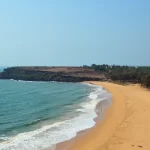
- Shrimant Dagdusheth Halwai Ganpati Mandir – Pune, Maharashtra

- Exploring Sinnar, Nashik District, Maharashtra: Heritage, Industry, and Culture
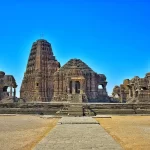
- Kas Plateau Reserved Forest, Maharashtra: A Natural Marvel of Biodiversity and Cultural Heritage
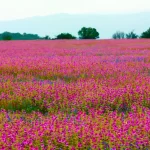
- Exploring Pachora: History, Culture, and Agriculture
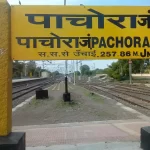
- Chand Minar – A Timeless Jewel of Indo-Islamic Architecture
